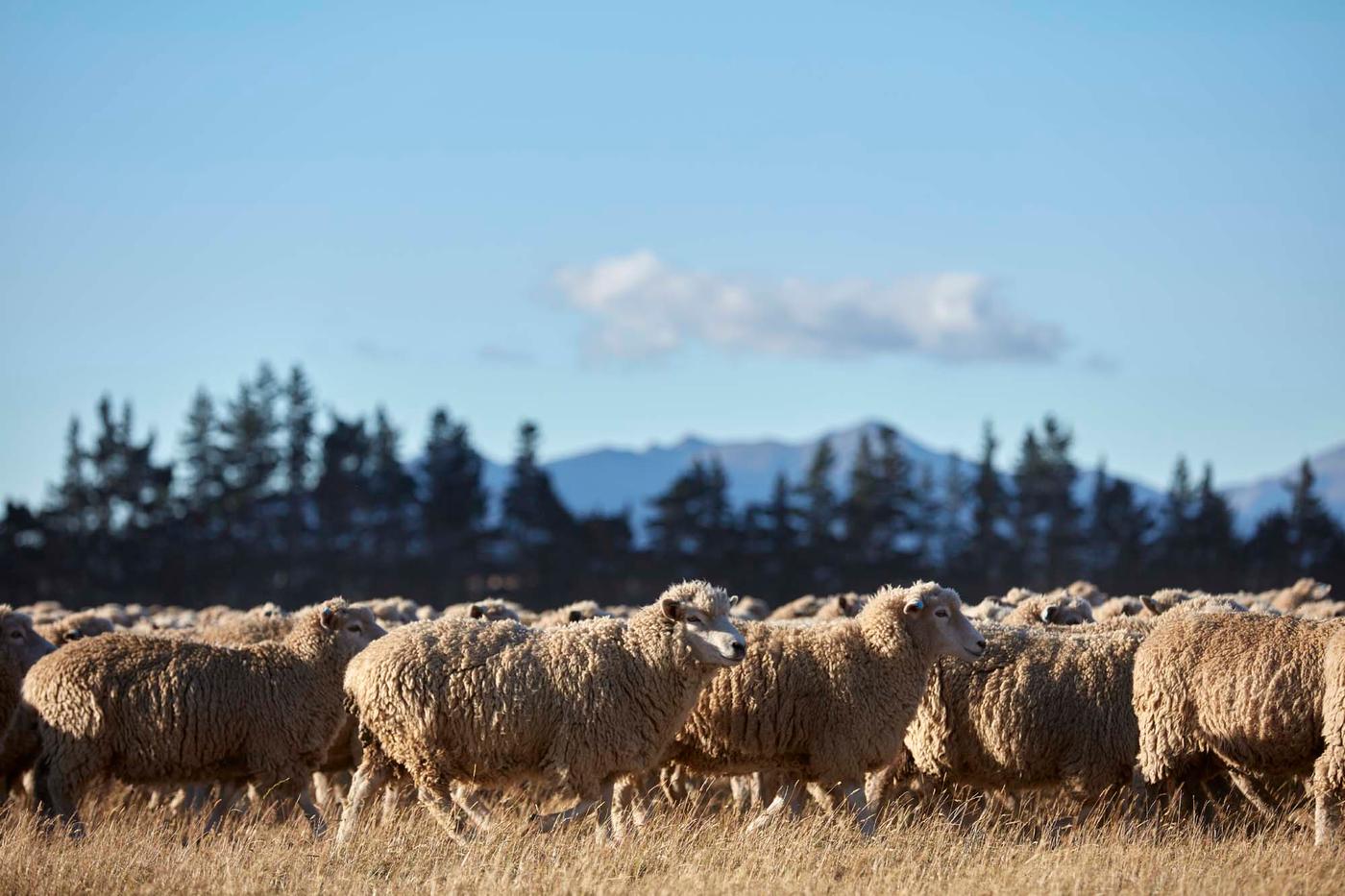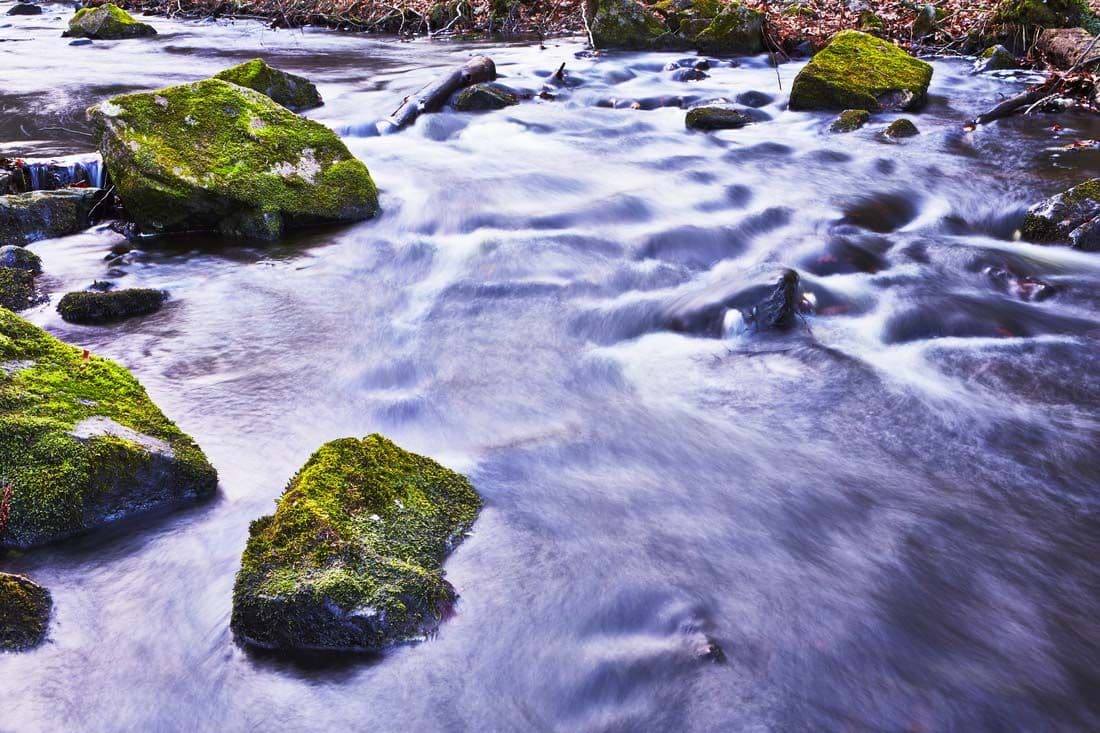
Regenerating resources
IKEA is committed to regenerating resources, protecting ecosystems and improving biodiversity. We aim to only use responsibly sourced renewable or recycled materials and will continue to secure and develop responsible sourcing standards. We are dependent on materials and ingredients for our home furnishing solutions and food products, and we will always work to find new ways to make more from less.
This is how we will work to regenerate resources while growing our business:
- We aim to only use responsibly sourced renewable or recycled materials in our offer.
- We will work towards regenerating resources, protecting ecosystems and improving biodiversity.
- We will continue to secure and develop responsible sourcing standards that include environmental, social and animal welfare criteria.
A holistic view is key when assessing materials
We assess materials as holistically as possible by considering all relevant aspects. Otherwise, there is a risk of limiting efforts to solving specific challenges rather than looking at the totality of the problem. For example, when addressing deforestation, it is not enough to make efforts to stop land-use change since this is often a symptom of unsustainable farming on existing land. Therefore, a more holistic approach is needed, where aspects such as supporting responsible farming practices and improving the livelihoods of smallholders are considered.
Our raw materials have been categorised into four main groups:
Wood
Wood is the most used material within the IKEA home furnishing business and a key focus area for our material agenda. In FY24, 97% of all wood and paper we used came from sources such as FSC-certified or recycled wood. Through our forestry agenda, we aim to utilise this valuable resource as efficiently as possible. and ensure that the forests we source from or own are managed responsibly. IKEA is also committed to using its size, scale and reach to help halt deforestation and to make responsible forest management and wood sourcing the norm across the world.

Agriculture
Globally, resource-intensive agricultural systems have contributed to deforestation, water scarcity, biodiversity loss, soil depletion and high levels of greenhouse gas emissions. A significant part of the environmental and social impact in our value chain is upstream of our own and our suppliers’ operations. This is why we want to understand the full CO₂ footprint of IKEA agriculture sources, paying special attention to soil health and its ability to protect biodiversity and to become a carbon sink using regenerative practices.
Agricultural raw materials are found throughout the IKEA offer in food ingredients and as fibres or other renewable materials in products. Looking ahead, and by grouping the agricultural commodities together, we aim to further accelerate the movement towards regenerative agriculture through a holistic landscape approach.

Cotton
Since 2015, the IKEA business has only sourced virgin cotton from sources that use less fertilisers, less chemicals and less water and recycled cotton. Cotton teams working across the globe are responsible for ensuring that all cotton used in IKEA products meets the demands of compliance in our supply chain.
Food ingredients
Our aim is to contribute toward creating food systems that deliver progress for people, nature and climate, and are aligned with our goals in helping people live a healthy and more sustainable life at home.
We're focusing on nutrition, proteins, less food waste, responsible sourcing, and packaging, as well as more responsible agriculture practices, production and supply.


Animal welfare
We are working to improve animal welfare through the environments they are reared in, the way they are handled, and standards for on-farm practices that prioritise good physical health, good mental health, and the expression of natural behaviour.
Inorganics
Inorganic raw materials are minerals used in the production of metals, glass, ceramic, chemicals and electronic components. These materials are used directly in a wide range of products like pots, pans, appliances, lighting, taps, and indirectly as components. Inorganic raw materials involve extractive industries, and their use will be significantly reduced, replaced and eliminated where possible.
We know some raw materials don’t currently have a renewable substitute, and the technology to recycle some raw materials doesn’t exist yet. Until we have solutions for these materials, we’ll continue to use responsibly sourced virgin inorganics, replace them with new technologies when possible and decrease the proportions in IKEA products.
Transparency in the inorganics supply chain
We are exploring how to create transparency in the complex inorganics supply chains. Together with suppliers and sub-suppliers, and other actors in the sector, the IKEA business is looking into how traceability of these raw materials, up to the source of origin, could be possible to achieve in a realistic and trustworthy way. These collaborations have also looked at how to identify and mitigate risks along the supply chain.

Recycled materials
Virgin inorganic raw materials will be phased out from the IKEA business to reach the ambition of using only renewable and recycled materials by 2030. Recycled materials are prerequisites for circularity. In a world of limited resources, we want to move towards a circular system where nothing is wasted and where old products become new resources. By increasing our demand for recycled materials and by sourcing waste material responsibly, we aim to further prevent materials from polluting the environment.
Polyester
In our journey towards achieving 100% recycled polyester, we have reached 90% across all polyester based materials (textiles and filling fibres).


Biodiversity – a global challenge
Right now, the world is experiencing a crisis of biodiversity loss with a dramatic loss of species, ecosystems and genetic diversity. Together with climate change, biodiversity loss represents one of the greatest challenges of our time.
Biodiversity provides ecosystem services which supports everything from food production and clean water to air quality, soil formation and recreation – all of which are crucial for sustaining life and human wellbeing as they underpin most aspects of our economy, health and survival.
As a global brand with diverse supply chains, operations, and locations, IKEA both influences and relies on biodiversity in many ways. We have an opportunity and responsibility to take action to both reduce our negative impacts and help contribute to the protection, improvement and enhancement of biodiversity.

Improving water security
Our ambition is to improve water security throughout the IKEA value chain, protecting nature and supporting communities connected to the basins where we operate while inspiring widespread water action in society.

Safe products for the many people
Chemicals are useful in many ways – they add colours and texture to materials, glue parts together, and can provide a protective layer to make products last longer. All chemicals used in or for making IKEA products should be safe for people and the planet.